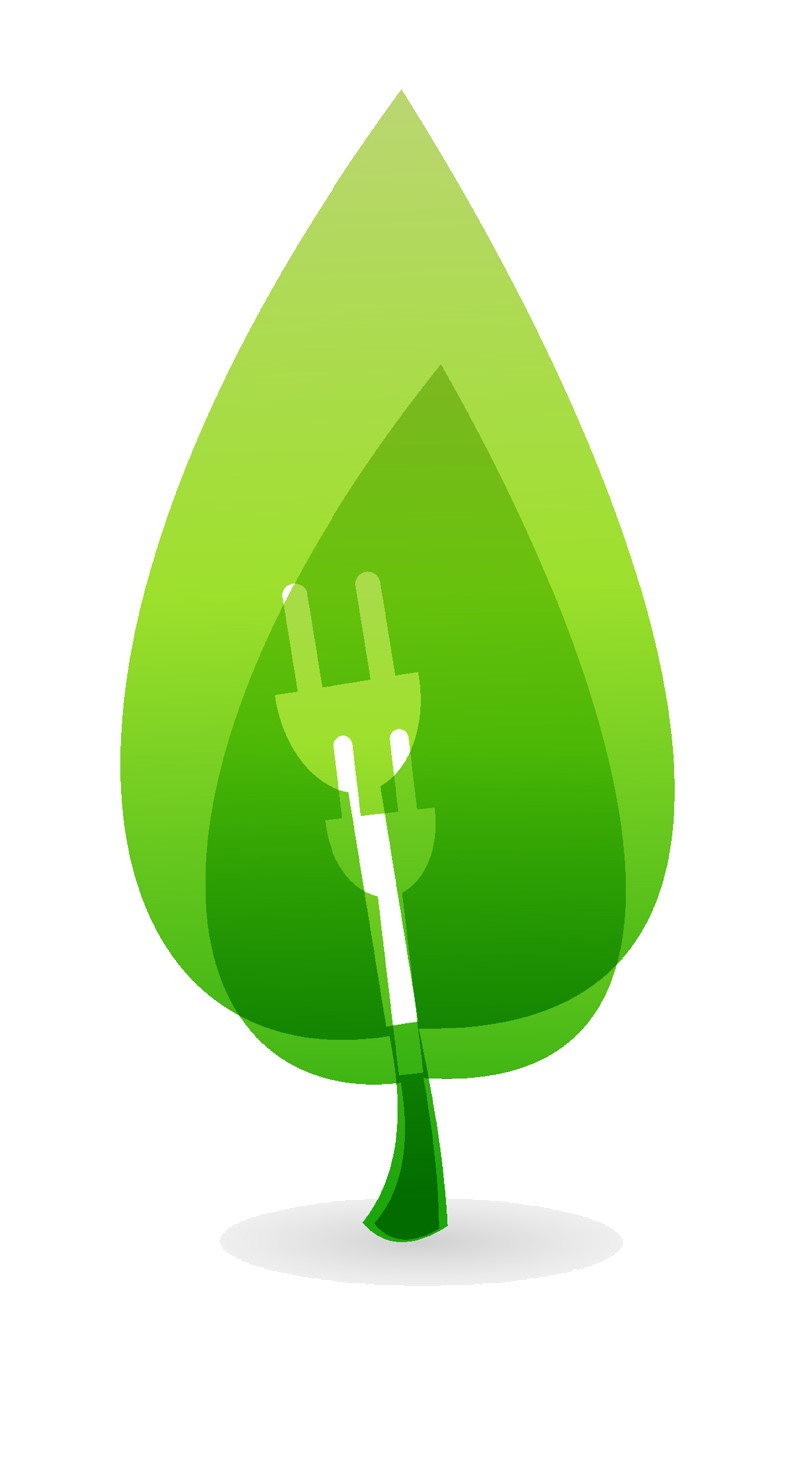Certifying Current & Future Buildings on the Daytona Beach Campus as L.E.E.D.
Presentation Type
Poster Presentation
Campus
Daytona Beach
Status
Student
Faculty/Staff Department
Civil Engineering
Student Year and Major
4th year, Civil Engineering
Presentation Description/Abstract
Sustainability has become a topic of intrigue amongst the public in the past decade across the world. Part of this push towards a ‘greener’ and more ‘sustainable’ planet has to do with concerns of how humanity is already going through never-before-seen climatic events and changes to the natural environment. Combined with a goal to improve the world for future generations, many institutions have taken steps to reduce their impact on the environment and become more sustainable. Universities and schools of higher education have a vested concern in becoming more sustainable. As schools, universities are often looked at to affirm current scientific discoveries and beliefs, and to set trends and precedents in sustainability. Embry-Riddle Aeronautical University operates at the intersection of science and innovation, as a leader in all things related to science, sustainability is important for the campus in order to create a long lasting legacy of environmental resilience and honor. Embry-Riddle’s meagerly-existing sustainability plan is not sufficient to cement the school’s legacy. Combined with the bustling urban area, operation of combustion-engine piston aircraft, and buildings erected in the 1950’s, Embry-Riddle has a duty to future generations of students to preserve the campus and the environment around it through sustainable practices. Using a model following the science of LEED certified buildings, Embry-Riddle should design future buildings to be LEED-accredited and multi-use. This includes integration of LEED practices during the planning of future buildings and also shifting older-buildings to more green and sustainable practices. In the end, assessment of the success of this project will be analyzed through modeling and comparing with the current baseline impacts the Embry-Riddle buildings have.
Certifying Current & Future Buildings on the Daytona Beach Campus as L.E.E.D.
Sustainability has become a topic of intrigue amongst the public in the past decade across the world. Part of this push towards a ‘greener’ and more ‘sustainable’ planet has to do with concerns of how humanity is already going through never-before-seen climatic events and changes to the natural environment. Combined with a goal to improve the world for future generations, many institutions have taken steps to reduce their impact on the environment and become more sustainable. Universities and schools of higher education have a vested concern in becoming more sustainable. As schools, universities are often looked at to affirm current scientific discoveries and beliefs, and to set trends and precedents in sustainability. Embry-Riddle Aeronautical University operates at the intersection of science and innovation, as a leader in all things related to science, sustainability is important for the campus in order to create a long lasting legacy of environmental resilience and honor. Embry-Riddle’s meagerly-existing sustainability plan is not sufficient to cement the school’s legacy. Combined with the bustling urban area, operation of combustion-engine piston aircraft, and buildings erected in the 1950’s, Embry-Riddle has a duty to future generations of students to preserve the campus and the environment around it through sustainable practices. Using a model following the science of LEED certified buildings, Embry-Riddle should design future buildings to be LEED-accredited and multi-use. This includes integration of LEED practices during the planning of future buildings and also shifting older-buildings to more green and sustainable practices. In the end, assessment of the success of this project will be analyzed through modeling and comparing with the current baseline impacts the Embry-Riddle buildings have.

